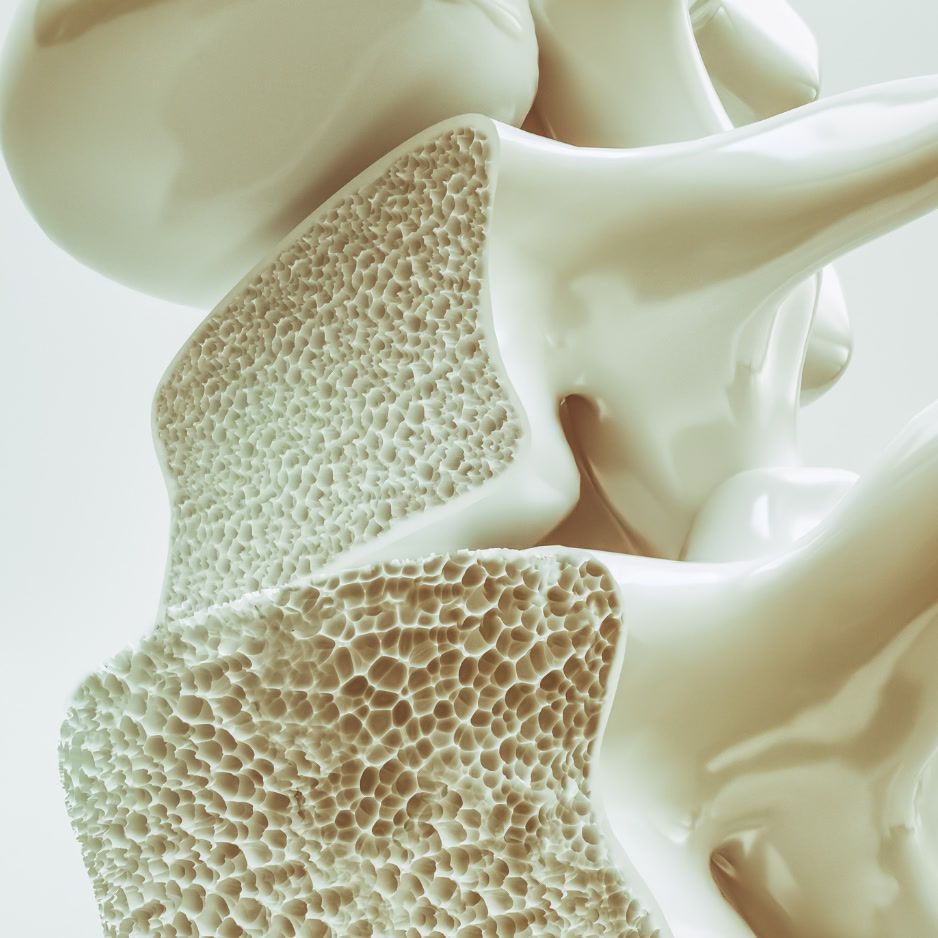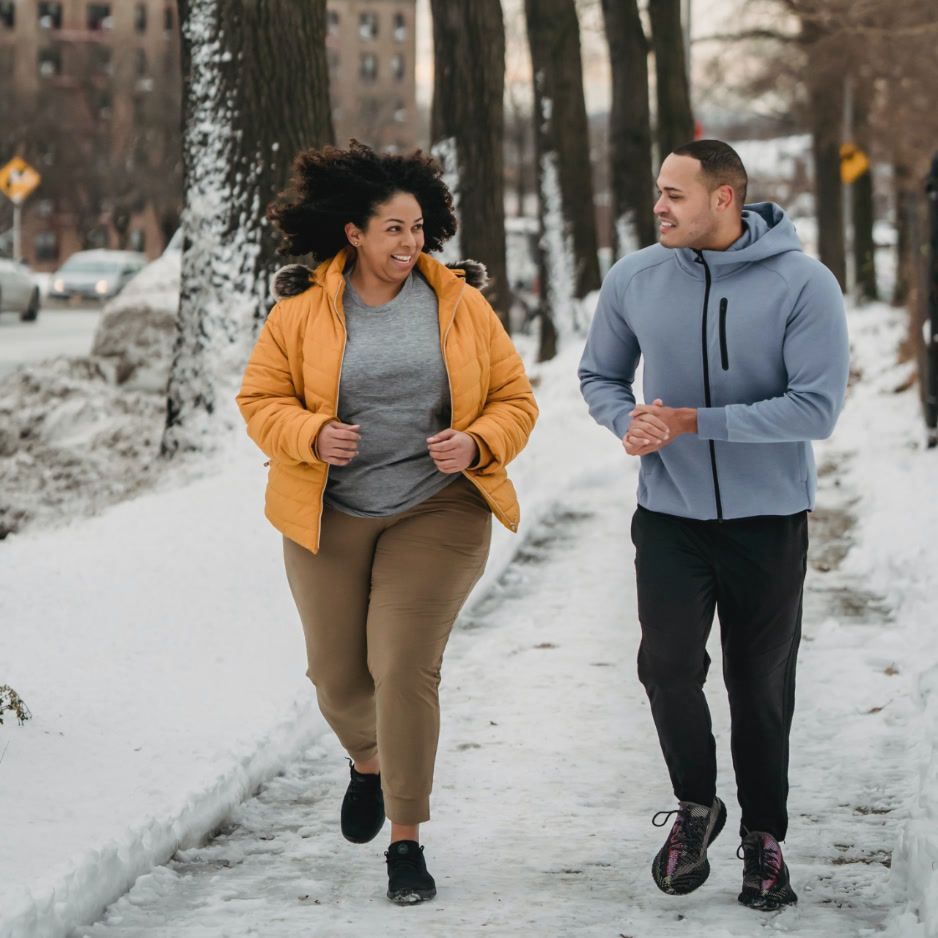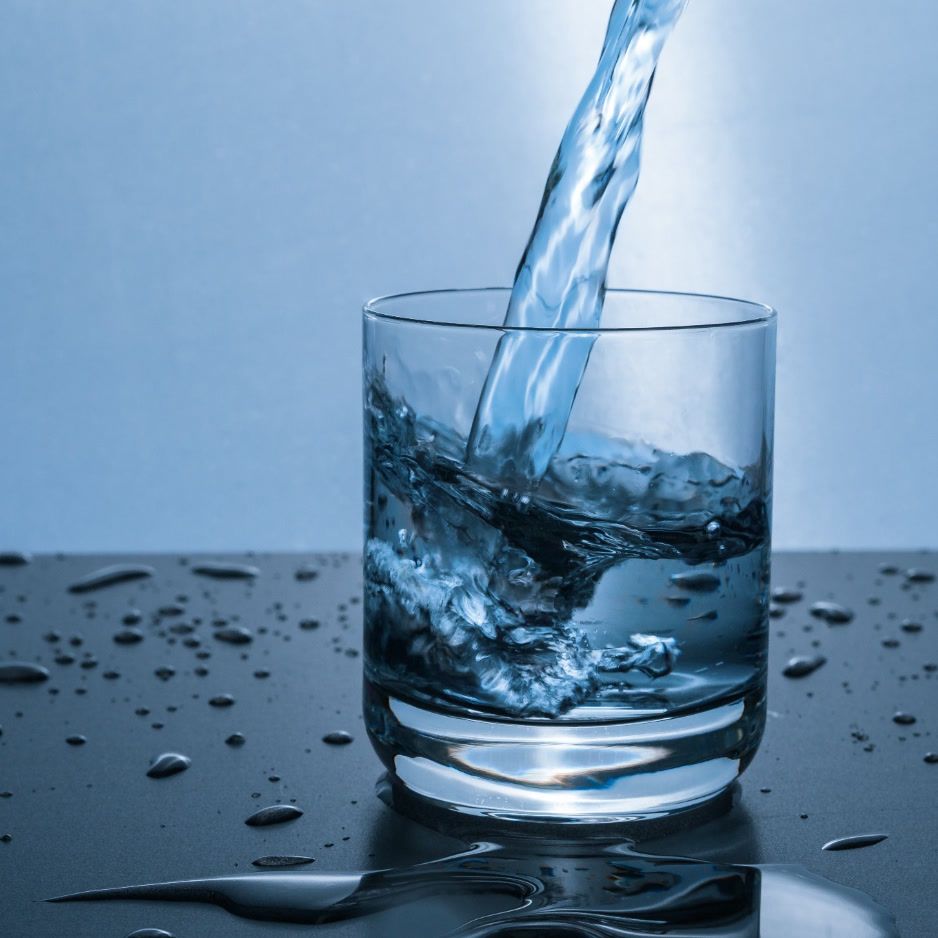Electrolytes and Hydration: A Science-Backed Guide
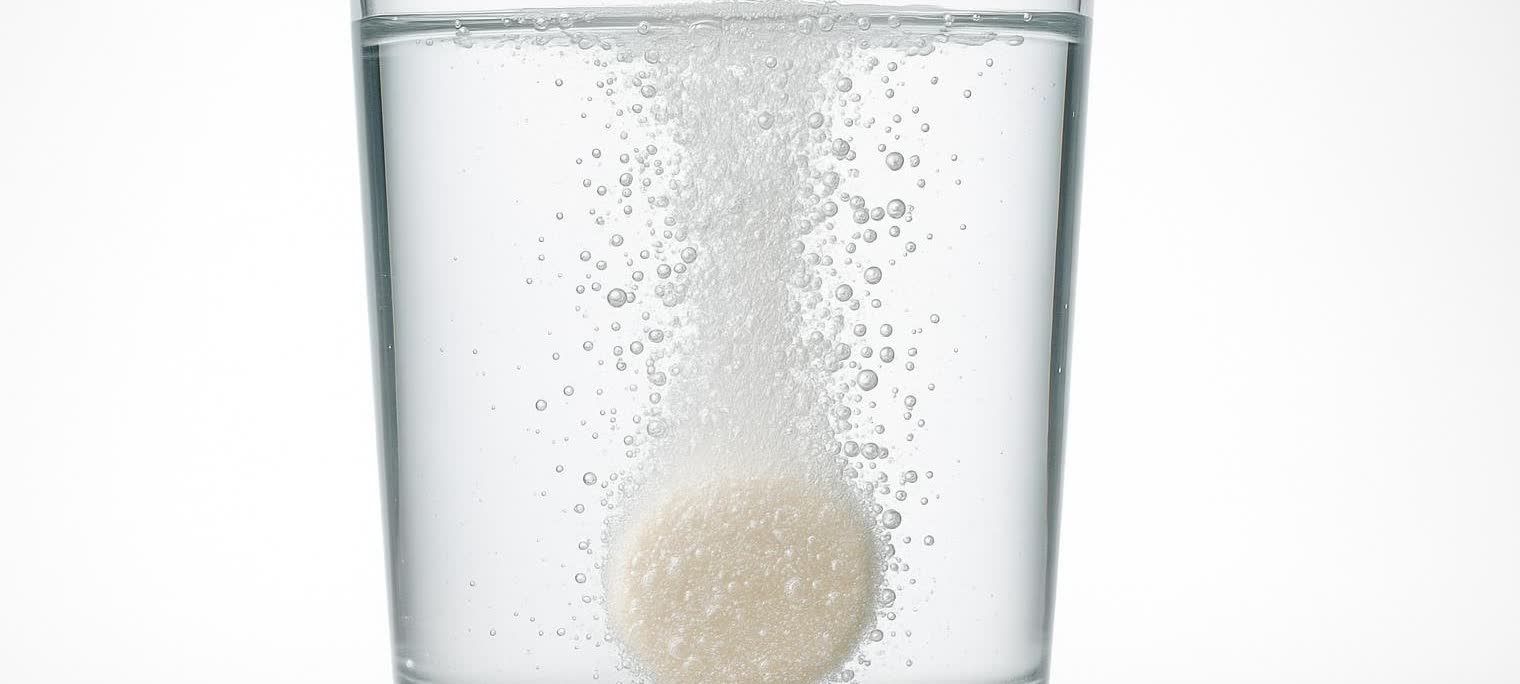
Electrolytes and Hydration: A Science-Backed Guide
Hydration isn’t just about water—electrolytes direct where that water goes and how your nerves and muscles use it. Get the balance right and you feel sharper, perform better, and recover faster. Get it wrong and you risk cramps, fatigue, dizziness—or, in rare cases, dangerous low blood sodium from overdrinking. This guide translates the science into clear steps for daily life, training, heat, and illness.
TL;DR
- Electrolytes (sodium, potassium, magnesium, chloride, calcium, phosphate, bicarbonate) balance fluids, power nerves and muscles, and keep pH in range (Cleveland Clinic; MedlinePlus).
- Most healthy days: water + electrolyte‑rich foods are enough. Aim for total water intake around 3.7 L/day for men and 2.7 L/day for women from all beverages and foods, based on Adequate Intakes (AIs) from the National Academies.
- Long, hot, or intense exercise, heavy sweating, or illness with vomiting/diarrhea: add electrolytes—especially sodium. Use sports drinks (4–8% carbohydrate) or oral rehydration solutions as appropriate (Scripps Health; CDC).
- Don’t overdrink. Use thirst to guide intake and avoid finishing heavier than you started to reduce the risk of exercise‑associated hyponatremia (NATA position statement; StatPearls).
What are electrolytes—and how do they regulate hydration?
Electrolytes are charged minerals that dissolve in body water. They:
- Pull and hold water in the right spaces (inside vs. outside cells) via osmosis.
- Create electrical gradients for nerve signals and muscle contraction.
- Help regulate blood pressure and acid–base balance.
Key players and what they do (Cleveland Clinic; MedlinePlus):
| Electrolyte | Core roles | Everyday food sources |
|---|---|---|
| Sodium (Na⁺) | Main fluid regulator outside cells; supports nerve/muscle function | Salted foods, soups, breads, pickles |
| Potassium (K⁺) | Fluid balance inside cells; heart rhythm, muscle/nerve function | Potatoes, beans, bananas, yogurt, leafy greens (NIH ODS) |
| Magnesium (Mg²⁺) | Muscle relaxation, energy metabolism, nerve function | Nuts, seeds, whole grains, legumes |
| Calcium (Ca²⁺) | Muscle contraction, nerve signaling, bone health | Dairy, fortified plant milks, canned fish with bones, leafy greens |
| Chloride (Cl⁻) | Fluid balance and pH partner with sodium | Table salt, olives, tomatoes |
| Phosphate (PO₄³⁻) | Energy transfer, bone, cell membranes | Meat, dairy, legumes |
| Bicarbonate (HCO₃⁻) | Buffers blood pH | Found in some mineral waters; the body also makes it from compounds in fruits and vegetables |
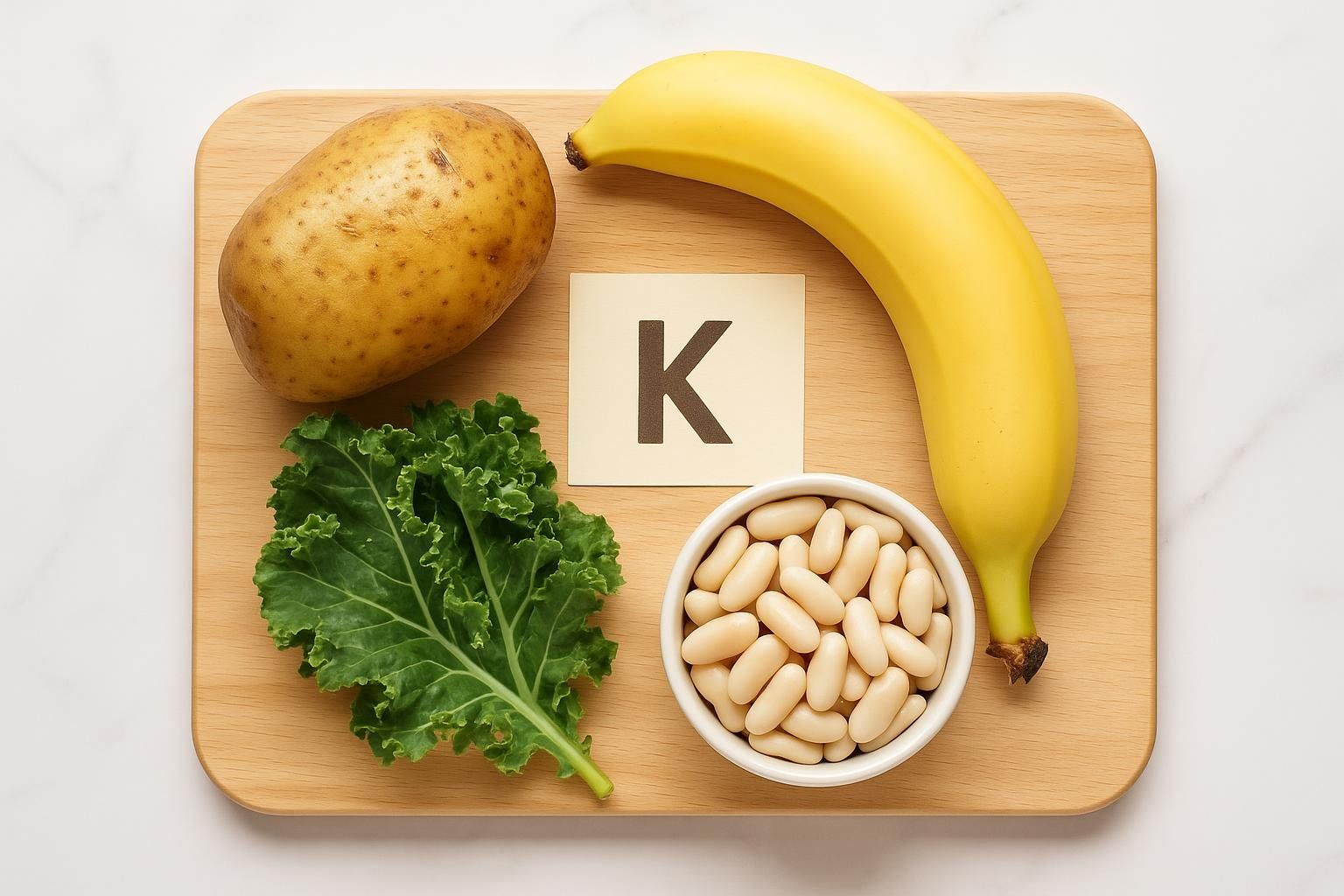
Daily hydration and electrolyte targets
- Total water intake (all beverages + foods): about 3.7 L/day for men and 2.7 L/day for women (Adequate Intakes) (National Academies). Needs rise with activity, heat, altitude, and body size.
- Sodium (general population): Many adults benefit from reducing intake when above 2,300 mg/day (Chronic Disease Risk Reduction Intake, CDRR) to lower cardiometabolic risk (National Academies).
- Sodium (athletes and heavy sweaters): Needs are often substantially higher during activity to replace sweat losses; see protocols below for practical guidance.
- Potassium: Adequate Intakes are 3,400 mg/day (men) and 2,600 mg/day (women); most people fall short, so emphasize potassium‑rich foods unless medically advised otherwise (NIH ODS).
Quick self‑checks: light‑yellow urine, steady energy, and normal thirst usually indicate you’re on track. If you’re ill, older, on diuretics, or have kidney/heart conditions, ask your clinician about individualized fluid and electrolyte guidance.
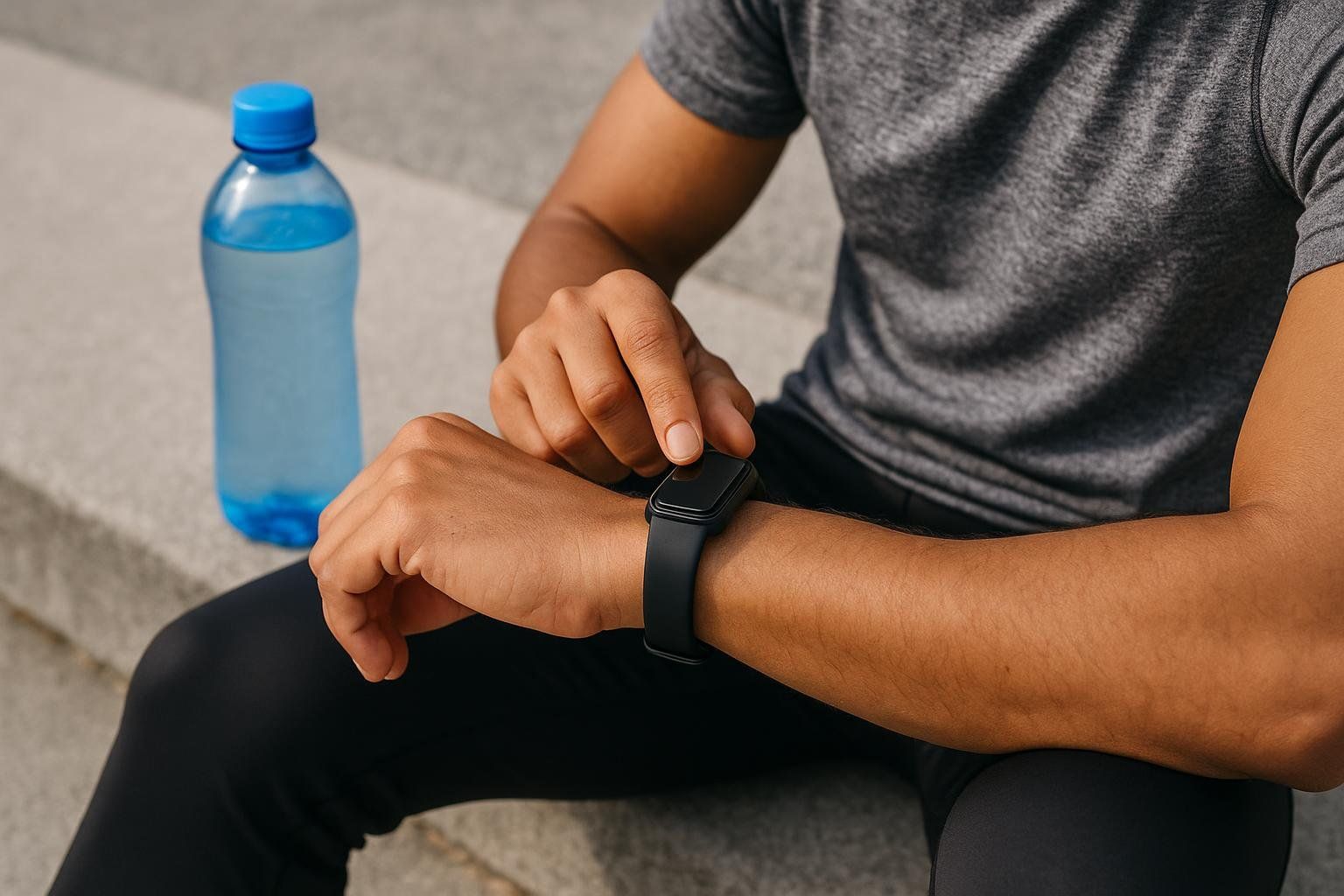
When water alone isn’t enough: protocols by situation
Electrolyte needs rise when you sweat a lot or lose fluids from illness. Use these context‑specific tips.
Exercise and sport
- Start hydrated: drink water regularly in the hours before exercise; pale‑yellow urine and normal thirst are good signs you’re ready (NATA position statement).
- During: aim to limit body mass loss to ≤2% while also avoiding weight gain; let thirst guide intake and adjust by weather and sweat rate (NATA position statement).
- For sessions >60–90 minutes, hot conditions, or if you’re a “salty sweater,” include electrolytes (sodium + a modest amount of carbohydrate). Look for 4–8% carbohydrate sports drinks, or pair water with salty foods (Scripps Health; NATA position statement).
- Post‑workout: replace remaining fluid and sodium with food + fluids in the next 2 hours (NATA position statement).
Our guide to rapid rehydration offers a step‑by‑step playbook for the first two hours post‑exercise.
Heat and heavy sweating (work or play)
- Expect higher fluid and sodium needs; plan more frequent sips and salty foods or electrolyte drinks.
- Schedule shade breaks and avoid dark urine or dizziness; these are early warning signs (MedlinePlus).
Illness recovery (vomiting/diarrhea)
- Use an oral rehydration solution (ORS) to replace both water and electrolytes; the sodium–glucose pairing speeds absorption through the gut (CDC).
- Important safety note: The following DIY approach is for short‑term, mild dehydration in otherwise healthy adults. It is not a replacement for commercial ORS or professional medical care—especially for children, older adults, pregnant people, or anyone with heart, kidney, or other medical conditions. Seek medical care for severe symptoms or if you’re in a high‑risk group.
- DIY ORS (UVA GI Nutrition):
- 4 cups water (about 1 liter)
- 1/2 teaspoon table salt
- 2 tablespoons sugar
- Stir to dissolve and sip slowly over several hours (UVA GI Nutrition).
Alcohol and hydration
Alcohol acts as a diuretic and can worsen dehydration. If you drink, alternate alcoholic beverages with water and include an electrolyte source (e.g., a low‑sugar sports drink, electrolyte tablets, or a salty snack + water) to help restore balance, especially after heavier intake (Cedars‑Sinai).
Don’t overdo it: the risk of overhydration (EAH)
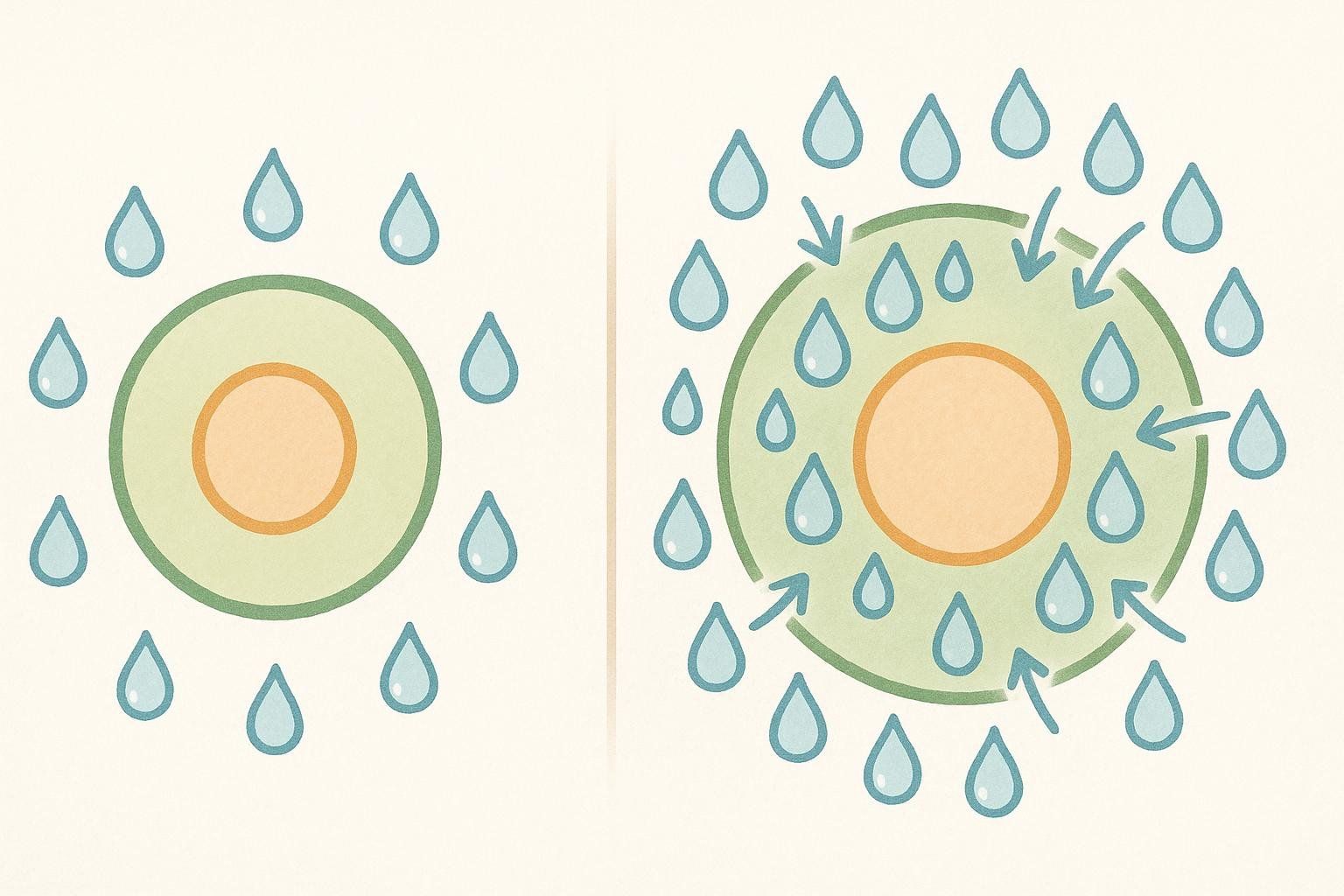
Drinking far beyond thirst—especially hypotonic fluids—can dilute blood sodium and cause exercise‑associated hyponatremia (EAH) (StatPearls; NATA position statement).
Symptoms can include:
- Nausea, headache, lightheadedness
- Confusion, altered mental status
- Seizure, loss of consciousness in severe cases
Prevention strategies:
- Let thirst guide intake during exercise
- Avoid finishing a session heavier than you started
- Include sodium during long, hot, or high‑sweat sessions
Plan your hydration like a pro
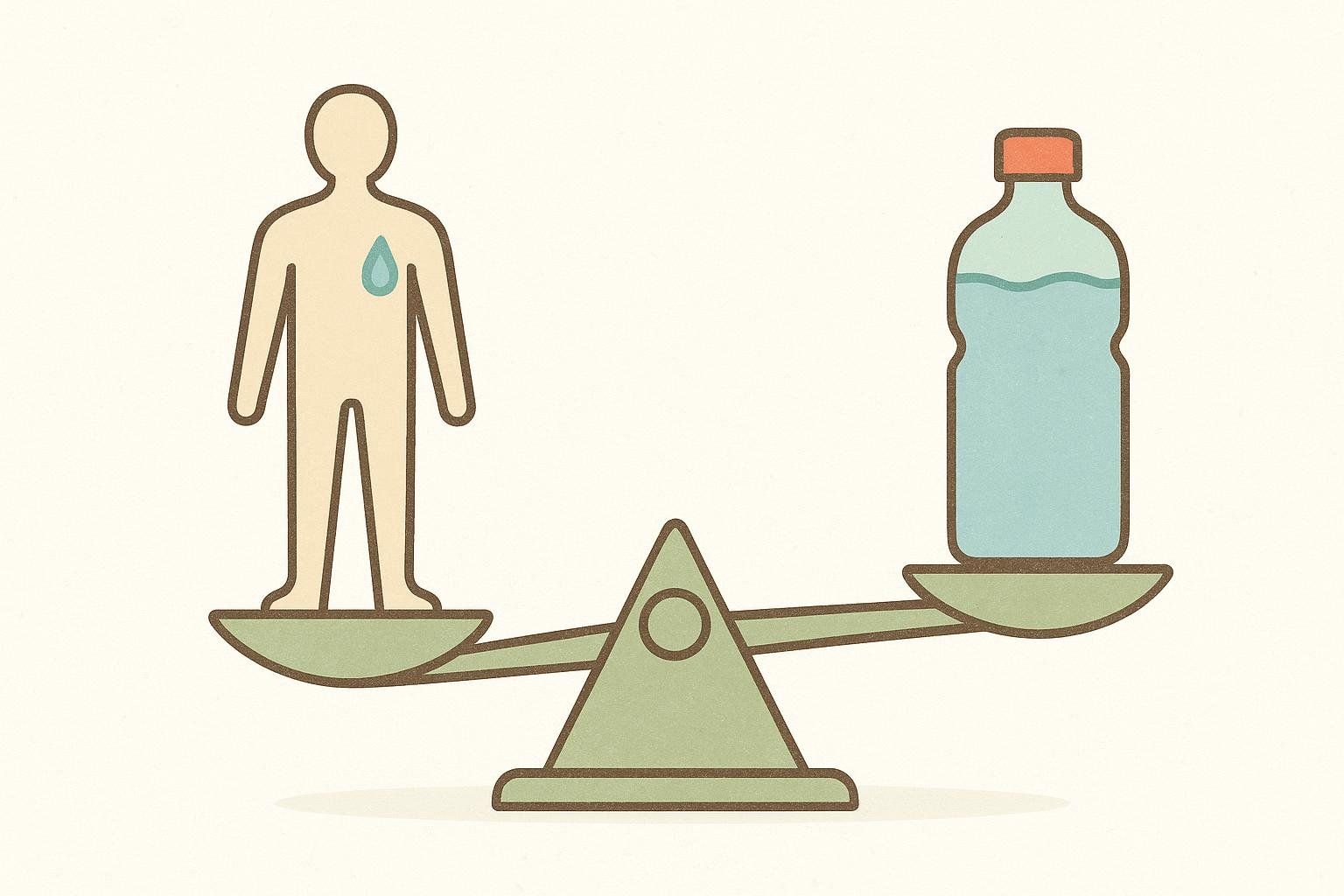
Use one or both of these simple methods to personalize your plan.
- Body mass change method: Weigh yourself before and after a typical training session. Each 1 lb (0.45 kg) of body mass lost equals about 16 oz (475 mL) of fluid deficit. In future sessions under similar conditions, aim to drink enough to keep losses within about 2%, without gaining weight (NATA position statement).
- Sweat cues: Stinging eyes, salt crust on clothing/skin, and persistent cramping can signal higher sweat sodium; prioritize sodium‑containing foods/fluids and consider a sports drink in heat or longer sessions (NATA position statement).
Choosing an electrolyte drink or making your own
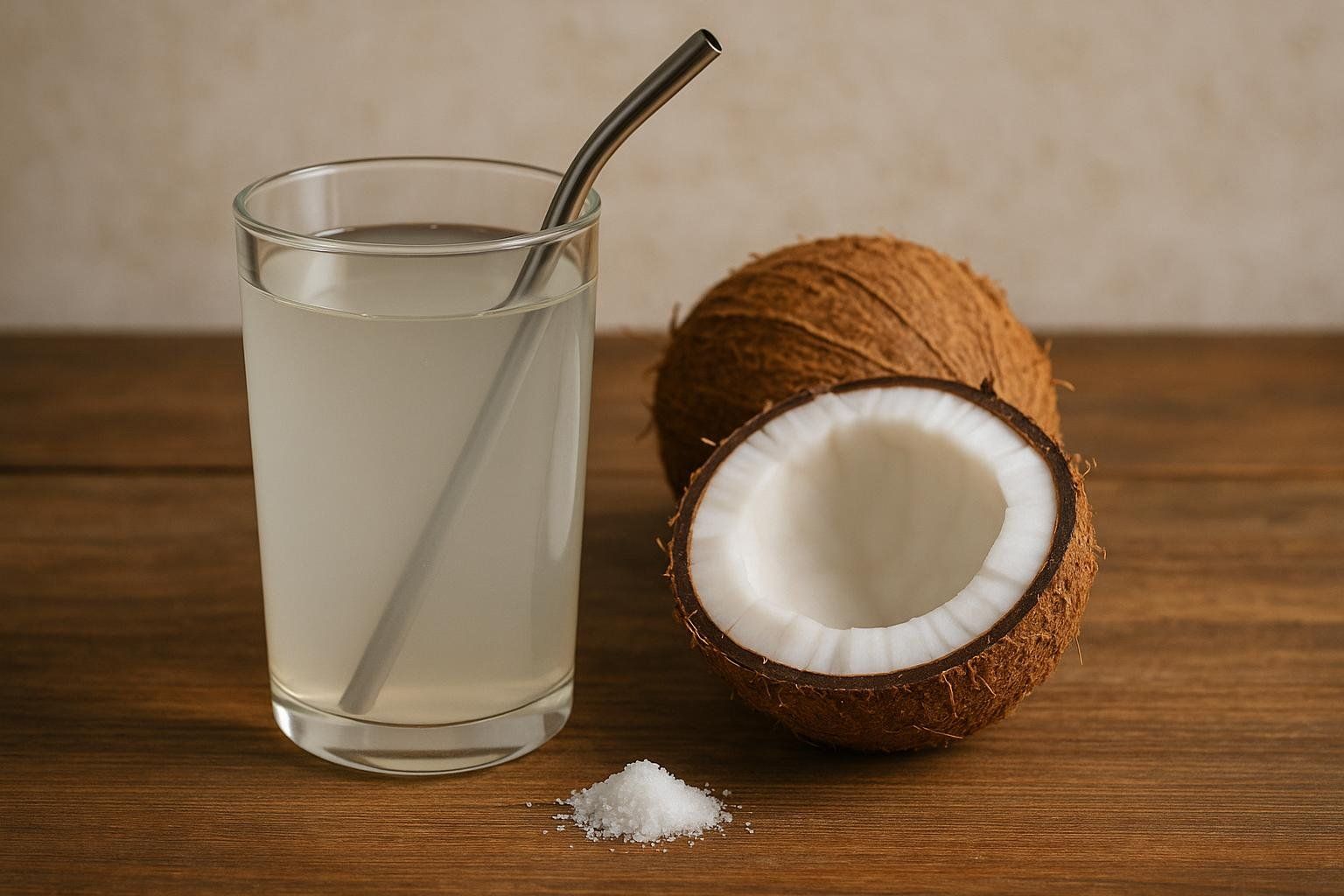
- For sport: A 4–8% carbohydrate beverage with sodium supports hydration and energy during long or hot workouts. Check labels for added sugars you actually need for the session (Scripps Health).
- Natural options: Unsweetened coconut water is potassium‑rich; if using it for sport, add a pinch of salt to boost sodium (Cedars‑Sinai).
- ORS vs. sports drinks: ORS is designed for illness‑related dehydration; it’s saltier and optimized for absorption. Sports drinks are built for exercise and typically lower in sodium. For a deeper comparison, see our guide to Pedialyte vs. sports drinks.
FAQs
- When do I need an electrolyte supplement? If you’re training hard/long, sweating heavily (especially in heat), or recovering from GI illness, electrolytes can help maintain performance and safety (NATA position statement; CDC).
- Can I drink “too much” water? Yes. Overhydration can dilute blood sodium and cause EAH. Use thirst to guide intake and avoid finishing heavier than you started (StatPearls; NATA position statement).
- Is there a simple daily target? Use thirst and urine color as guides and aim for the AIs (3.7 L men/2.7 L women) from all beverages and foods, adjusting for activity and climate (National Academies).
- Do electrolytes affect BodySpec scans? Drinking very large amounts of water right before a scan can slightly shift lean mass estimates. Our internal data show that drinking an unusually large volume (for example, about 1 gallon of water) immediately before a scan can temporarily lower the body fat percentage reading. Normal pre‑scan hydration has minimal impact. For full context, see how water affects your scan results.
The BodySpec takeaway
- Most days, prioritize potassium‑rich foods and sensible sodium while meeting total water needs.
- For long, hot, or high‑sweat efforts—or illness—add electrolytes, especially sodium, and follow thirst‑based, performance‑tested plans.
- Avoid both extremes: dehydration and overhydration.
- Objective measures from a DEXA scan can track how different hydration strategies affect metrics like lean mass and your body's water composition over time. Ready to see your numbers? Book your DEXA scan.
